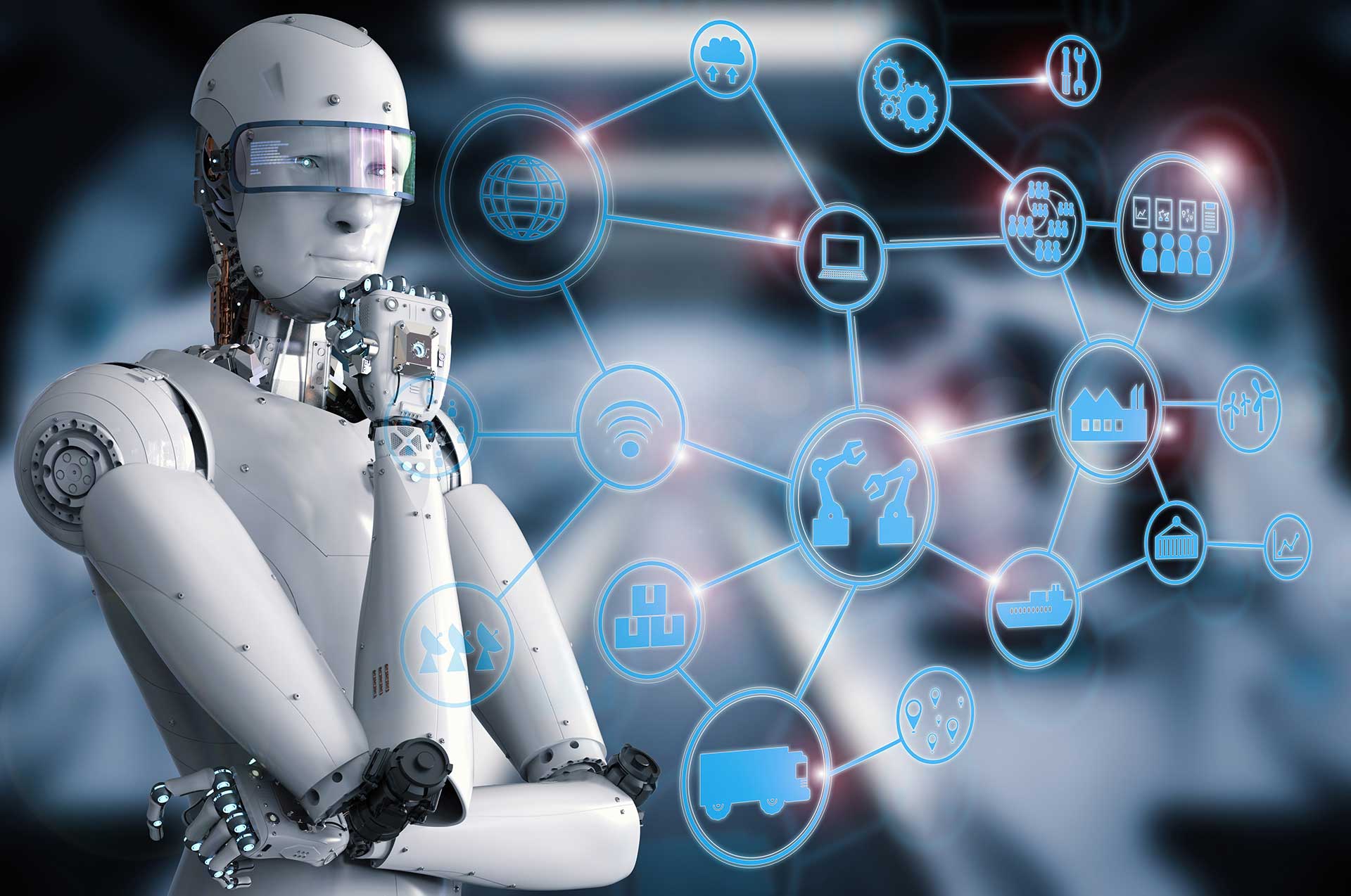Artificial Intelligence, AI, as it’s commonly referred to, is seeping into every fiber of our daily lives but can it answer a 9-1-1 call? Experts believe it can, and that in the nearby future, AI will change policing completely. As technology expands, the public continues to demand more services because their phones can do so many things, many are under the illusion that 9-1-1 centers can do the same. AI is embedded in almost every aspect of all new technologies for the public.
As an example, driving home in my new vehicle I was experiencing overwhelming exhaustion. I made the typical adjustments, kept drinking water, opened the windows, pulled over for a minute, but it was my vehicle that got my attention when it sent a loud warning signal and put an alert on my vehicle screen saying, “Driver Alert Warning Rest Suggested” along with a outline of a hot cup of coffee.
Large cities across the United States are already looking to AI to combat call center staffing shortages. Cities in California, Oregon, and Texas are working on implementing a way to bridge the gap as the staffing crisis continues across many organizations. Adding to the decision to use AI is the staffing crisis that has been dubbed as the “Great Resignation” that is cripplingly the public safety industry along with other professions throughout the country. As 9-1-1 centers continue to face severe shortages, delays in dispatch and mistakes are rising due to excessive overtime and not enough personnel to answer the phones within the industry standard of 15 seconds or less.
Portland Oregon is looking at AI to enable their residents to make non-emergency requests via an app, website, or phone. They will implement the system using 311 as their non-emergency number. The AI – or virtual officer will handle simple requests to assist in relieving the call volume from the dispatchers. An additional benefit of AI is the ability to process languages other than English and translate data within the police records system. Other cities have already successfully implemented processes using AI to act as a touch-point for incoming calls, answering simple questions and routing the calls to the proper location. This has freed up call takers to focus more on the emergency and complex calls for service.2
Other AI products can assist Telecommunicators with incoming calls by prompting new questions based on the answers being received. This solution will also provide the call taker with an immediate quality assurance review. This product is in beta testing in several countries. AI in cases like this can and will be a key driver of identifying efficiencies or administrative sides of Computer Aided Dispatch (CAD) and Record Management Systems (RMS) by using AI for repetitive tasks.
AI is also being used by public safety responders to assist in many tasks. Used as a crash mitigation tool, AI sensors respond to public safety vehicles by evaluating driver behavior and providing potentially lifesaving information to responders. Responders who’s vehicles are full of communication tools and data congested incoming information that take their attention elsewhere as they respond to calls for service. The intent for this project is to produce recommendations for supporting first responders with the end goal of improving the safety of operators both en-route to the call and once on the scene.3
What are the cybersecurity implications of using AI? One thing known is that public safety is not the only profession using AI. AI is also used by attackers to have direct targeted attacks at speeds that have never been encountered before. Humans are struggling to keep paced with advanced attacks. To combat this advanced technology, many organizations are turning to defensive AI to fight fire with fire.
Migrating away from traditional methods of mitigating attacks, AI is being used to detect abnormal, potentially malicious activity as soon as it appears, even if it has never been seen before. Autonomous AI will likely be able to identify the analogous abnormal patterns during a potential attack and immediately isolate and quarantine ransomware before it has a chance to encrypt everything.
Artificial Intelligence is here, and it will remain in nearly every aspect of our daily lives. Naysayers may argue against AI as the future of Earth… but just like electricity, motor powered vehicles, and cell phones; it will be here to stay, and it will continue to rapidly expand going forward. AI will change the world in ways that many of us cannot imagine.
References:
Allen, C. (2022). Artificial Intelligence Will Change Policing. IACP Police Chief,
March 2022, 46–51.
Edinger, J. (2022, February 23). Can Artificial Intelligence Help with 911
Staff Shortages. Government Technology. Retrieved April 10, 2022, from https://www.govtech.com/gov-experience/can-artificial-intelligence-help-with-911-staff-shortages
Stotler, L. (2022, March 10). Call Centers Turning to AI to Handle Influx of Calls
Amid Staffing Shortages. Call Center Scheduling. Retrieved April 11, 2022, from https://www.tmcnet.com/channels/call-center-scheduling/articles/451784-911-call-centers-turning-ai-handle-influx-calls.htm


Recent Comments